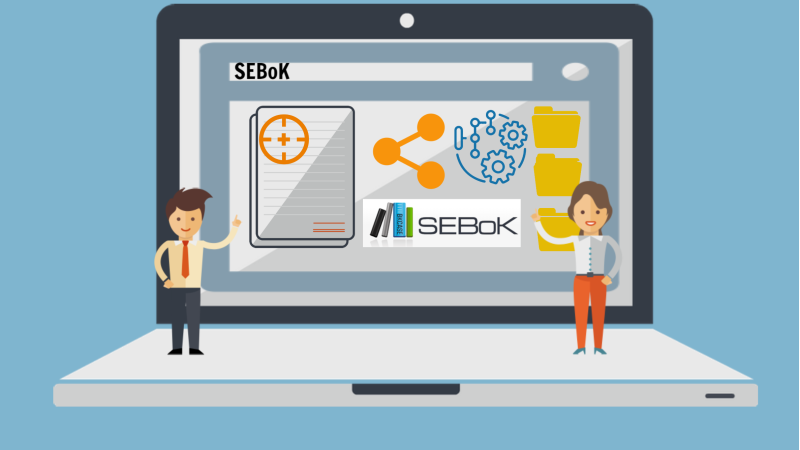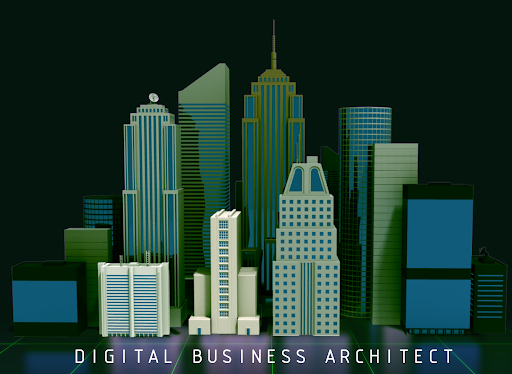SEBoK

SE and Specialty Engineering
Speciality engineering refers to a group of disciplines that contribute to a product or service’s development. It includes security, electromagnetic, environmental, logistics, etc.
By integrating these specialities to the project, we can further ensure the effectiveness and correct use of its resources, as well as reduced error rates, better workload balance and a more environmentally friendly system.
SE plays a role with these specialties by applying them in a set of three filters to be able to define the final system design. The first filter applies all the traditional considerations, such as structural, mechanical, and thermodynamics considerations (among others). The second filter uses the conceptual considerations, such as safety, affordability, reliability, etc. The third filter considers more general designs, such as facility design, equipment and computer programs, human resources, etc.
SE AND THE BUSINESS WORLD
Part 4 of SEBoK talks about how to use and apply systems engineering to create several types of systems that solve real-world problems. This includes the creation of such systems as well as the life cycle management of them.
The Knowledge Areas in this part consist of:
- Product Systems Engineering (PSE)
- Service Systems Engineering (SSE)
- Enterprise Systems Engineering (ESE)
- System of Systems (SoS)
- Project Management (to be explained later on)
All of these models are meant to be used in conjunction when creating and managing a system, rather than separate modules acting alone. The reason for this is that each module has its strengths and weaknesses but, when used together, those weaknesses are minimized.
Product Systems Engineering (PSE)
PSE is the knowledge and applications used when creating a new product that will be introduced to the market (either consumer-based or public). The system created and managed should accompany the new product throughout its lifetime (since the moment it is developed until the moment it’s sold). This would mean for the system to be able to create value around that product (apart from the value of the product itself) which would in turn deliver a real-world benefit.

Service Systems Engineering (SSE)
SSE aims in creating and managing a system that accompanies a service in its lifetime, creating value from the interaction between provider and consumer, which is known as “value co-creation” (both parts would be contributing to the value-creation process). The SSE also studies how the system can take into account the innovative aspect of the service (adding new things to create value) as well as how to retain clients using the service and generate new leads that will become clients.SSE aims in creating and managing a system that accompanies a service in its lifetime, creating value from the interaction between provider and consumer, which is known as “value co-creation” (both parts would be contributing to the value-creation process). The SSE also studies how the system can take into account the innovative aspect of the service (adding new things to create value) as well as how to retain clients using the service and generate new leads that will become clients.
Enterprise Systems Engineering (ESE)
ESE is the application of a system (or systems) to the operation of an enterprise. Which includes the planning, design, management, and improvement of the enterprise.
The primary focus of the system is to generate value for the enterprise, which in turn generates value to the society. It should generate the most value possible while being efficient with the resources of the enterprise.
Systems Of Systems (SOS)
SoS is the study and application of the emergence of systems interacting between each other. The outcome is that two or more systems interacting generate value and capabilities that they would otherwise not create if they were acting separately. So, after all, value generated between the systems is greater than the sum of its individual outputs.
Nowadays it has become increasingly difficult to apply SoS due to the increasing complexity of the systems available on the internet and the interactivity between them. That’s why systems in SoS fall in one of four categories depending on the independence and manageability of each one: Directed, Acknowledged, Collaborative, Virtual.

@SEBoK, #business, #design, #focus, #funsoft, #improvement, #problemsolving, #projectmanagement, #systemsengineering
